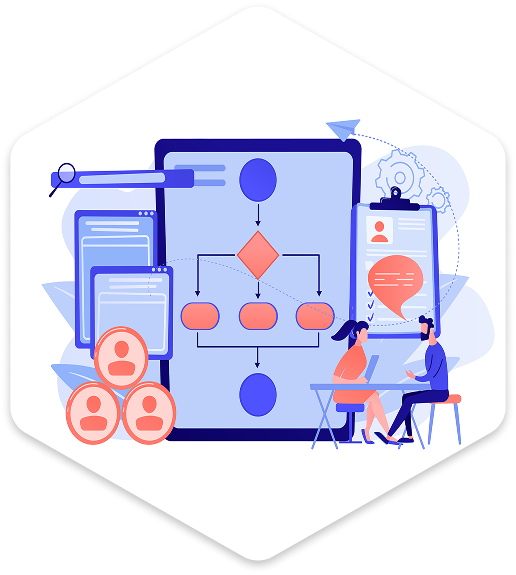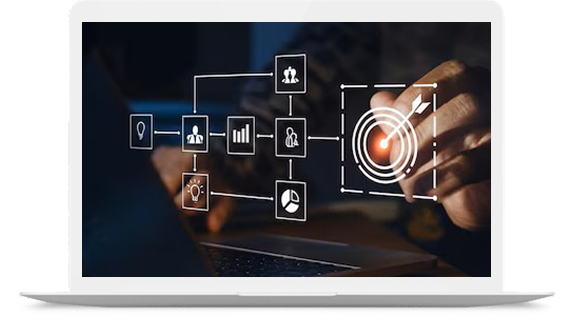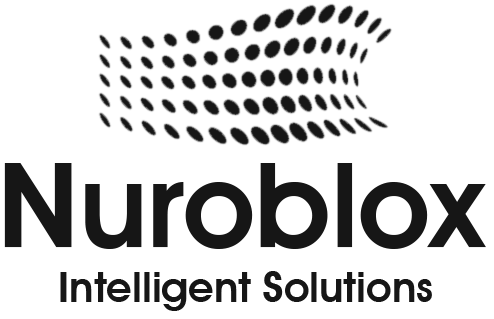Workflow Orchestration
- Home
- Workflow Orchestration

// ABOUT WORKFLOW ORCHESTRATION
Workflow Orchestration
In today’s fast-moving digital environment, businesses need seamless coordination across applications, teams, and systems. Workflow orchestration enables organizations to automate, manage, and optimize complex processes with precision and speed.

What is Workflow Orchestration?
Benefits of Workflow Orchestration
Operational Efficiency
Optimizes multi-step processes by reducing manual touchpoints and accelerating completion.
Improved Accuracy
Replaces error-prone manual work with standardized and repeatable automated steps.
Enhanced Visibility
Provides centralized dashboards to monitor performance, track issues, and ensure transparency.
Enhanced Visibility
Provides centralized dashboards to monitor performance, track issues, and ensure transparency.
Types of Workflow Orchestration
IT Workflow Orchestration
Automates infrastructure provisioning, system monitoring, and incident management to ensure smooth IT operations. It reduces downtime and improves service reliability.
Business Process Orchestration
Manages complete business workflows such as payroll, approvals, or order fulfillment across departments. It ensures consistency, compliance, and faster execution.
Data Workflow Orchestration
Coordinates large-scale data ingestion, transformation, and analytics pipelines across platforms. It ensures accuracy, efficiency, and high-quality insights for decision-making.
AI-Driven Orchestration
Leverages machine learning to automate decision-making within workflows. It adapts dynamically to real-time data and evolving business conditions for smarter outcomes.
We’re Here to Assist You and Address
All Your Questions Anytime!
Use Cases for Workflow Orchestration
Human Resources
Supply Chain
Customer Support

Automating HR Onboarding and Approvals

Synchronizing Supply Chain with ERP and IoT

Enhancing Customer Support with AI & RPA
Challenges of Workflow Orchestration
Future of Workflow Orchestration
The future lies in autonomous, AI-driven orchestration that not only executes workflows but also optimizes them in real time. With advancements in machine learning, predictive analytics, and cloud-native automation, organizations will move from static workflows to intelligent, self-adjusting ecosystems. This will redefine efficiency, agility, and innovation for businesses worldwide.







